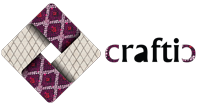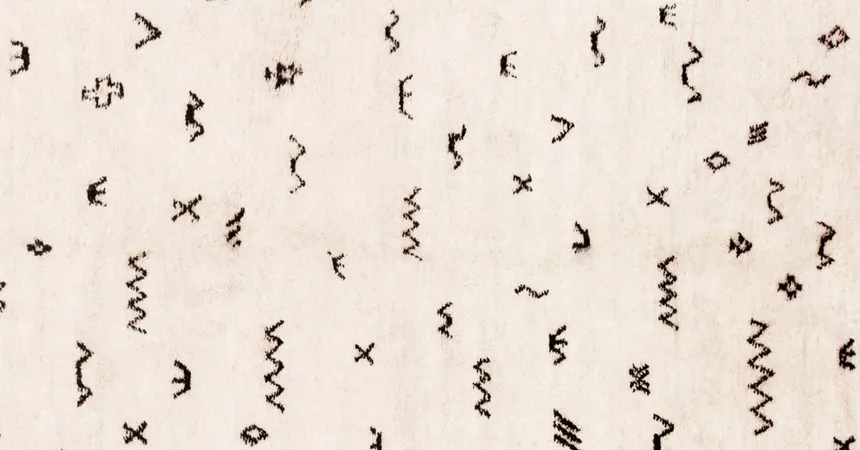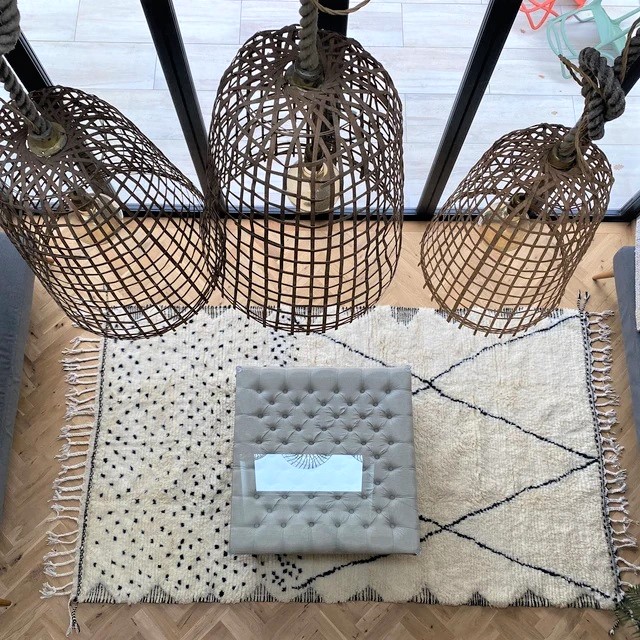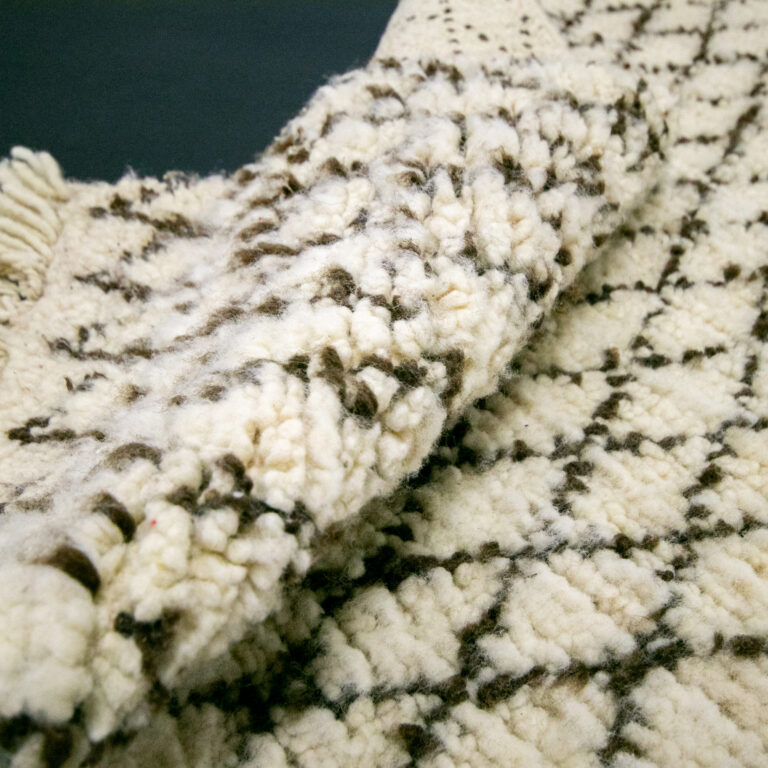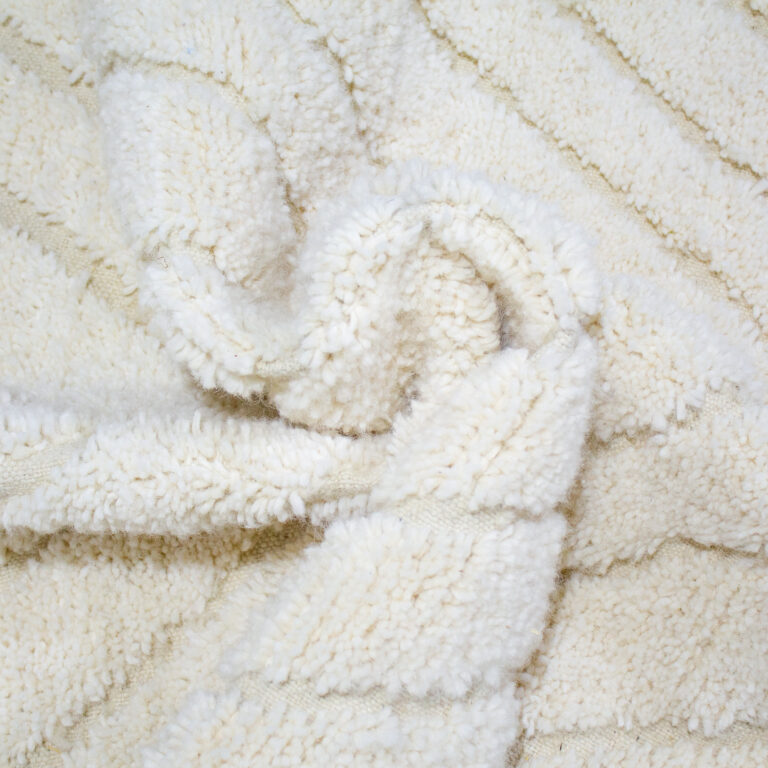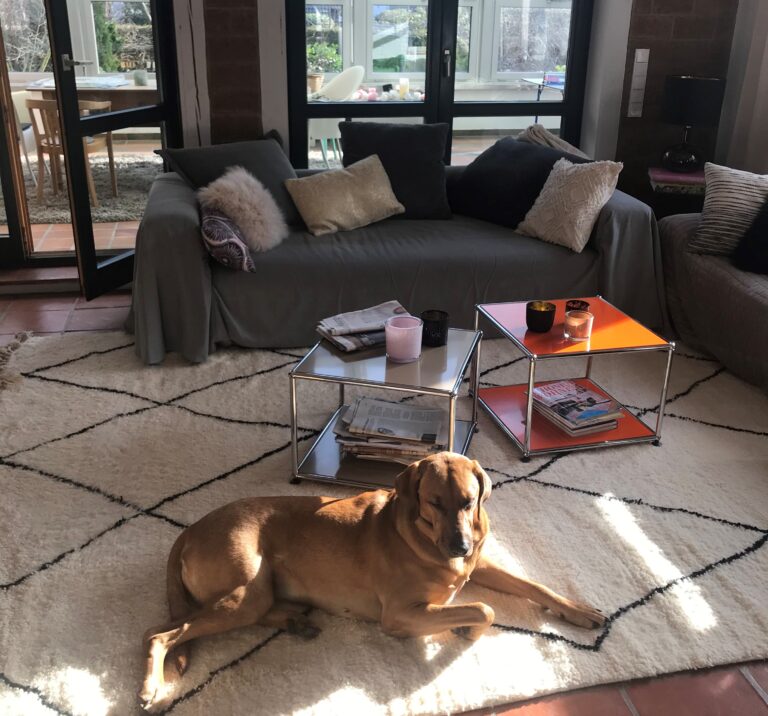Unlocking the Ancient Language: A Deep Dive into Berber Symbols in Moroccan Rugs
Unlocking the Ancient Language: A Deep Dive into Berber Symbols in Moroccan Rugs
Moroccan rugs are more than just beautiful textiles; they are intricate tapestries woven with history, culture, and a deep spiritual connection to the land and its people. At the heart of their captivating designs lies a rich vocabulary of Berber symbols, an ancient language passed down through generations of weavers. Understanding these symbols unveils a deeper narrative within each rug, transforming it from a mere decorative piece into a meaningful work of art.
This comprehensive guide will delve into the fascinating world of Berber symbols in Moroccan rugs, exploring their origins, meanings, and significance. Whether you’re a seasoned collector or simply captivated by their unique aesthetic, this exploration will enrich your appreciation for these exceptional textiles.
The Enduring Legacy: Tracing the Roots of Berber Symbolism
The Berber people, the indigenous inhabitants of North Africa, boast a history stretching back millennia. Their rich cultural heritage is deeply embedded in their artistic expressions, and their weaving traditions are no exception. The symbols found in traditional Moroccan Berber rugs are not arbitrary decorations but rather carry profound meanings rooted in their beliefs, social structures, and connection to the natural world.
These symbols predate the arrival of Islam in the region, drawing from ancient animistic beliefs and a deep reverence for nature. They served various purposes:
- Communication: Conveying personal stories, family lineage, and tribal identity.
- Protection: Warding off evil spirits, bringing good fortune, and ensuring fertility.
- Spiritual Expression: Reflecting beliefs about the cosmos, life, and the afterlife.
- Cultural Preservation: Passing down traditions, knowledge, and values across generations.
The knowledge of these symbols was traditionally held and transmitted by Berber women, the primary weavers, making each rug a powerful form of female expression and cultural continuity.
Decoding the Threads: Unveiling the Meanings of Common Berber Symbols
The visual language of Berber rugs is diverse and nuanced, with variations in interpretation across different tribes and regions. However, certain symbols appear frequently, carrying core meanings that offer a glimpse into the Berber worldview:
Symbols Representing Women and Fertility:
- The Diamond (Lozenge): One of the most ubiquitous symbols, the diamond often represents the female form, fertility, and the life cycle. Its variations can signify different stages of womanhood, from maidenhood to motherhood and old age. Connected diamonds can symbolize family lineage and interconnectedness. (Embed Image Here: Example of a Berber rug detail prominently featuring diamond/lozenge shapes.)
- The Vulva (Elkit): A more direct representation of femininity and fertility, often depicted as a small triangle or lozenge within a larger design. It signifies the source of life and creation. (Embed Image Here: Example of a Berber rug detail showing a small triangle or lozenge interpreted as the “Elkit” symbol.)
- The Eye/Oval: While also representing protection (the evil eye), the oval shape can also symbolize the female eye and, by extension, feminine power and intuition. (Embed Image Here: Example of a Berber rug detail featuring oval shapes within the design.)
Symbols Representing Masculinity and Strength:
- The Hook (Tazota): Often interpreted as a male symbol, representing strength, virility, and the tools used by men in their daily lives, such as agricultural implements. (Embed Image Here: Example of a Berber rug detail showcasing the “Tazota” or hook-like symbol.)
- The Arrow/Zigzag Line: Can symbolize masculinity, energy, movement, and sometimes protection against negative forces. (Embed Image Here: Example of a Berber rug detail featuring arrow or zigzag line patterns.)
Symbols Representing Nature and the Cosmos:
- The Sun (Tafukt): Depicted as a circle or a radiating star, the sun symbolizes life, energy, warmth, and the cyclical nature of time. (Embed Image Here: Example of a Berber rug detail with a circular or star-like motif representing the sun.)
- The Stars (Itri): Often represented as small crosses or geometric shapes, stars symbolize guidance, navigation (especially for nomadic tribes), and connection to the celestial realm. (Embed Image Here: Example of a Berber rug detail showing small cross or geometric shapes interpreted as stars.)
- Water (Aman): Represented by wavy lines or zigzags, water is a vital element in the arid landscapes of North Africa, symbolizing life, purity, and flow. (Embed Image Here: Example of a Berber rug detail featuring wavy or zigzag lines representing water.)
- Mountains (Adrar): Depicted as triangles or stepped patterns, mountains represent strength, stability, and the enduring presence of the land. (Embed Image Here: Example of a Berber rug detail with triangular or stepped patterns symbolizing mountains.)
- Plants and Animals: Stylized representations of plants (like the palm tree, symbolizing life and sustenance) and animals (like the tortoise, representing longevity and protection) also appear, reflecting the Berber connection to their environment. (Embed Image Here: Example of a Berber rug detail showing stylized plant or animal motifs.)
Symbols Representing Protection and Spirituality:
- The Evil Eye (Tikit): Often depicted as a diamond with an inner point or a stylized eye, this symbol is used to ward off negative energy, jealousy, and misfortune. (Embed Image Here: Example of a Berber rug detail featuring the “evil eye” symbol.)
- The Hand of Fatima (Khamsa): A powerful symbol of protection, good fortune, and blessings, often stylized with five fingers. (Embed Image Here: Example of a Berber rug detail showcasing the “Hand of Fatima” or “Khamsa” symbol.)
- The Cross (Targant): An ancient Berber symbol predating Christianity, the cross can represent the four cardinal directions, the cosmos, or simply act as a protective amulet. (Embed Image Here: Example of a Berber rug detail featuring a cross-like “Targant” symbol.)
- Lines and Borders: Often used to enclose designs, lines and borders can symbolize protection and containment of energy within the rug. (Embed Image Here: Example of a Berber rug showing how lines and borders frame the central designs.)
Beyond Individual Symbols: The Interplay of Design
It’s crucial to remember that the meaning of a Berber rug often lies not just in individual symbols but also in their arrangement, size, color, and the overall composition of the design. The weaver’s personal experiences, her tribe’s specific traditions, and even her emotional state at the time of weaving can influence the final narrative.
Choosing an Authentic Piece: Recognizing the Language of Berber Symbols
When seeking an authentic Moroccan rug imbued with genuine Berber symbolism, consider the following:
- Look for intentionality: The symbols should appear deliberately woven into the fabric, not just random decorations.
- Observe the flow and composition: Authentic rugs often have a natural, organic feel to their design, reflecting the weaver’s intuitive process.
- Consider the age and origin: Older rugs are more likely to feature traditional symbols with deep historical roots. Researching the tribal origin of a rug can provide insights into its specific symbolic vocabulary.
- Engage with reputable sellers: Ask about the rug’s history and the meaning of its symbols. Knowledgeable dealers can offer valuable context.
- Trust your intuition: If a rug resonates with you on a deeper level, it may be because its silent language speaks to you.
Bringing a Story Home: The Enduring Power of Berber Symbols
Owning a Moroccan rug adorned with authentic Berber symbols is more than just adding a beautiful textile to your décor. It’s about connecting with a rich and ancient cultural heritage, embracing a piece of meaningful artistry, and inviting a silent narrative into your home. By understanding the language woven into these threads, you unlock a deeper appreciation for the skill, creativity, and enduring spirit of the Berber people. Each knot and symbol tells a story – are you ready to listen?
